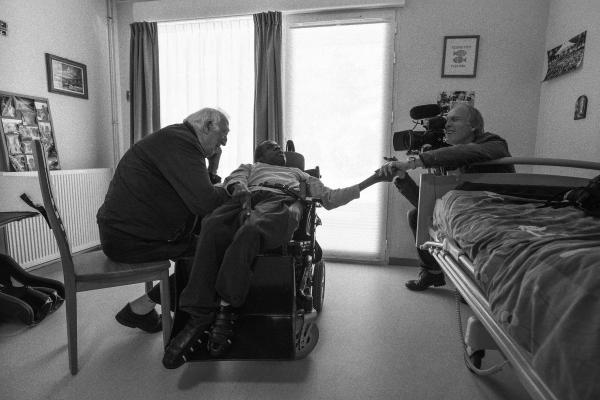Apr 11, 2018
“This is how the world is meant to be.” That’s what Randall Wright, director of the exceptionally powerful new feature-length documentary Summer in the Forest, said he thought the first time he visited one of the L’Arche communities founded by Jean Vanier that are the subject of his film.
Read the Full Article

Already a subscriber? Login
